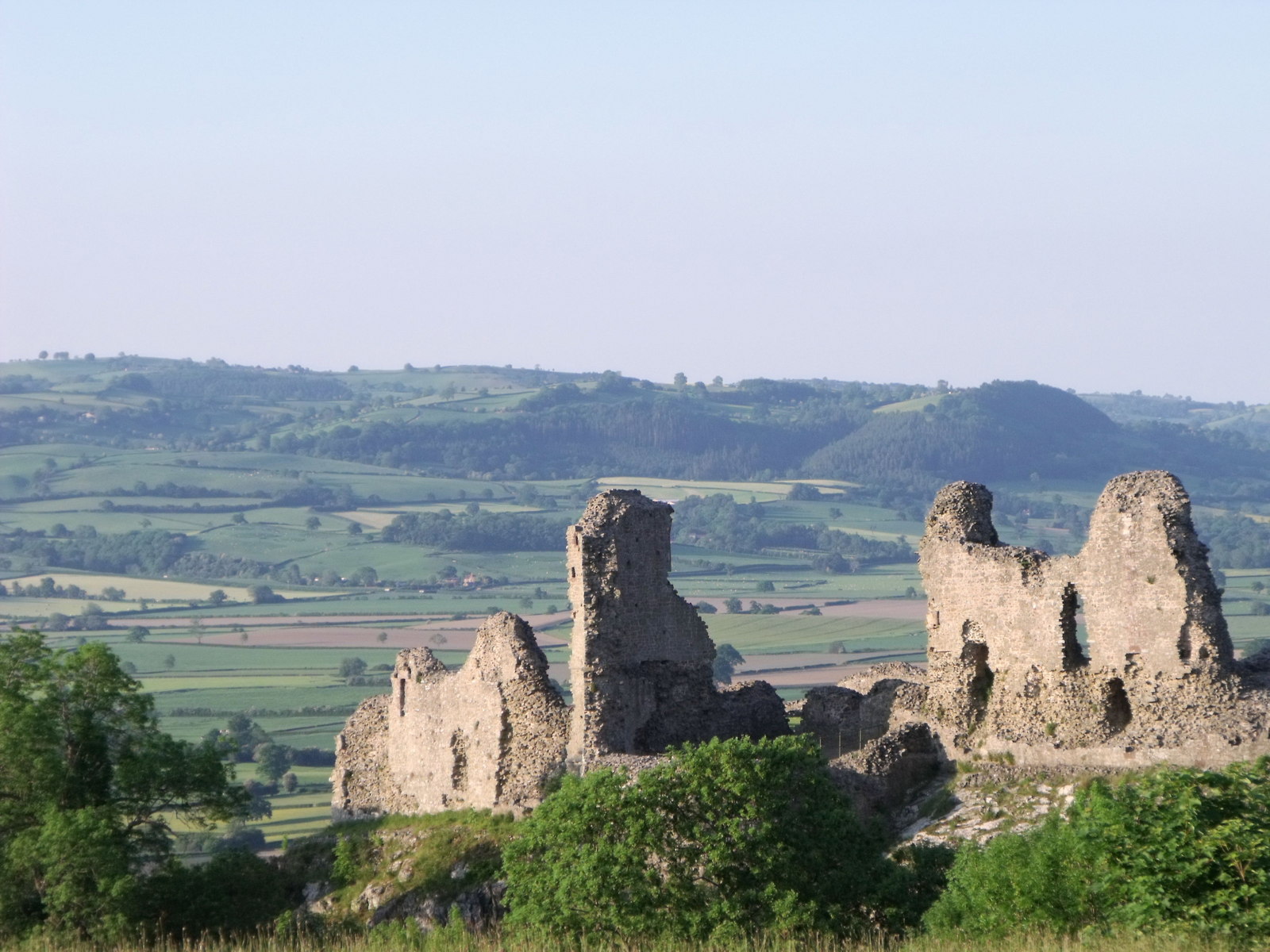Great Park
Wood, Forest in Radnorshire
Wales
Great Park

Great Park, Radnorshire, also known as Wood or Forest, is a stunning natural attraction located in the county of Radnorshire, Wales. Spanning over a vast area of land, this park is renowned for its picturesque landscapes, diverse wildlife, and rich historical significance.
Covering a total area of approximately 500 hectares, Great Park is predominantly covered by dense woodlands that showcase a wide variety of tree species, including oak, beech, and spruce. These ancient woodlands provide a haven for numerous wildlife species, such as red deer, badgers, foxes, and a plethora of bird species. It is a paradise for nature enthusiasts and photographers alike.
The park also boasts several walking trails and hiking paths, allowing visitors to explore its enchanting beauty at their own pace. These paths wind through the woods, offering breathtaking views of the surrounding countryside and glimpses of the park's hidden treasures.
Great Park holds significant historical importance as well. It was once a hunting ground for the nobility during the medieval period and still contains remnants of ancient deer parks and hunting lodges. The park's rich history is evident in its ancient trees and remnants of old stone walls.
For those seeking tranquility and a connection with nature, Great Park, Radnorshire is the perfect destination. With its diverse wildlife, stunning woodlands, and historical significance, it offers a unique experience to visitors from all walks of life. Whether you are an avid nature lover, history enthusiast, or simply seeking a peaceful retreat, Great Park is a must-visit destination.
If you have any feedback on the listing, please let us know in the comments section below.
Great Park Images
Images are sourced within 2km of 52.334884/-3.3852441 or Grid Reference SO0571. Thanks to Geograph Open Source API. All images are credited.







Great Park is located at Grid Ref: SO0571 (Lat: 52.334884, Lng: -3.3852441)
Unitary Authority: Powys
Police Authority: Dyfed Powys
What 3 Words
///crockery.expansion.attends. Near Rhayader, Powys
Nearby Locations
Related Wikis
Abbey Cwmhir Hall
Abbey-Cwm-Hir Hall is a neo-Elizabethan country house in the Welsh county of Powys. == History == The hall was built in 1833 for Thomas Wilson, a London...
Abbeycwmhir
Abbeycwmhir or Abbey Cwmhir (Welsh: Abaty Cwm Hir, "Abbey in the Long Valley") is a village and community in the valley of the Nant Clywedog in Radnorshire...
Cwmhir Abbey
Cwmhir Abbey (Welsh: Abaty Cwm Hir), near Llandrindod Wells in Powys, is a Welsh Cistercian monastery founded in 1176 by Cadwallon ap Madog. A spurious...
Powys
Powys ( POH-iss, POW-iss, Welsh: [ˈpou̯ɪs]) is a county and preserved county in Wales. It borders Gwynedd, Denbighshire, and Wrexham to the north; the...
Nearby Amenities
Located within 500m of 52.334884,-3.3852441Have you been to Great Park?
Leave your review of Great Park below (or comments, questions and feedback).













